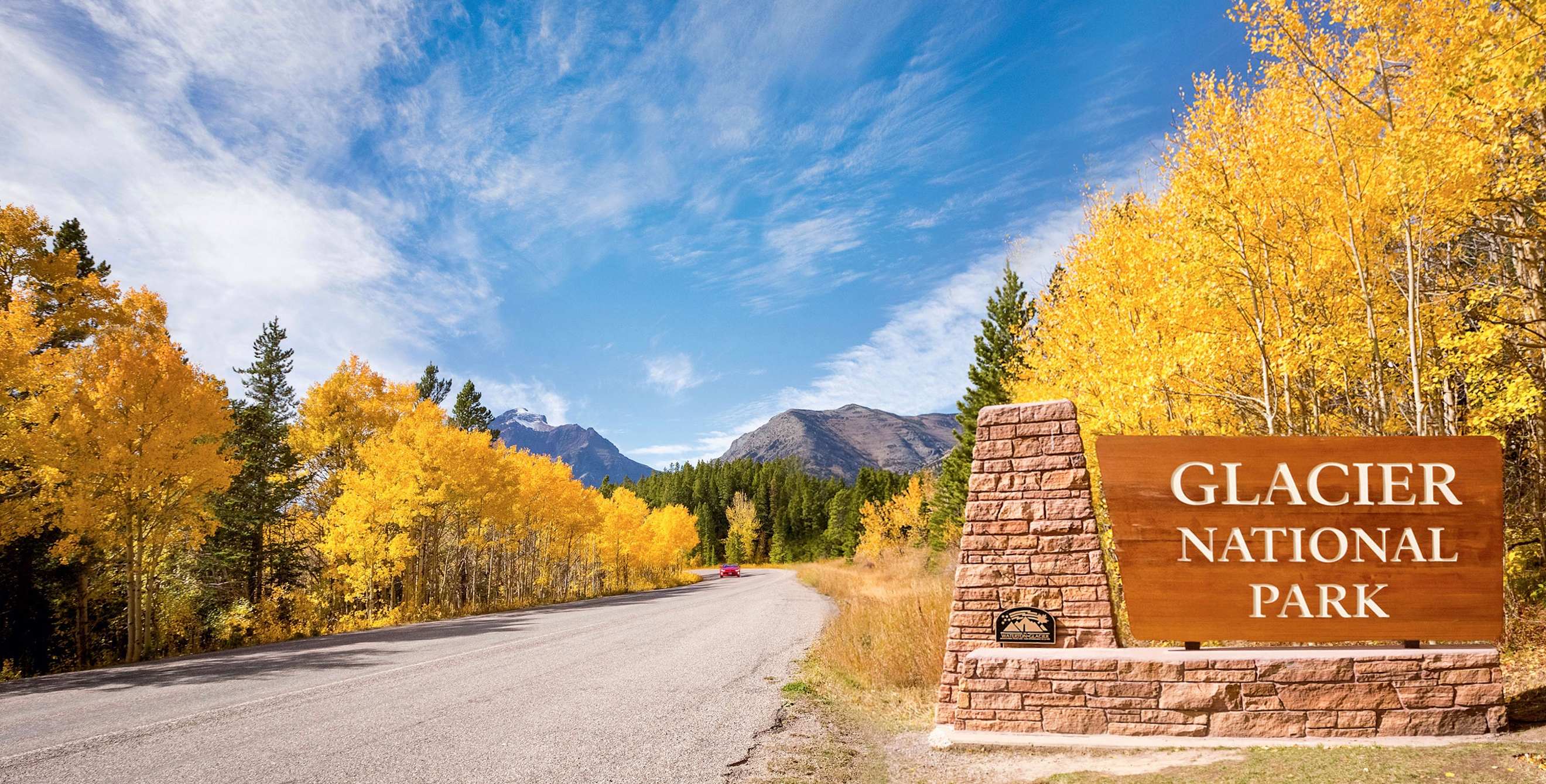
Explore Glacier National Park's Fiery Past
In Montana's crown jewel, wildfires are an essential element of the ecosystem.

Over millennia, ice sculpted the peaks and valleys of Glacier National Park. But since its initial shaping, that landscape has been defined by fire. Nearly every year since 1910, when these 1 million-plus acres were first preserved as a park, at least one significant fire has burned there, often consuming centuries-old trees while also creating new open space and releasing the nutrients that fuel regrowth. Here are some of the best places to explore Glacier's fiery past.
Sperry Chalet Trail
In August 2017, a lightning strike in dry timber ignited the Sprague Fire. An ember from that blaze—which eventually consumed nearly 17,000 acres—fell on the Sperry Chalet, and the beloved wilderness dormitory was quickly engulfed. While only fit hikers can climb the 6.4 miles from the Lake McDonald Lodge to where the chalet once stood, it's an easy half-mile walk from the Lodge to the edge of the fire zone, a mosaic of living and scorched lodgepole pines, larches, and Douglas firs. The ground is already bursting with alder shrubs and ferns. Dead trees thrum with the sound of black-backed woodpeckers. Work crews are rebuilding the chalet—scheduled to reopen by the summer of 2020—but the forest is restoring itself at its own pace.
Rocky Point Nature Trail
Long-dead lodgepole pines line the Rocky Point Nature Trail, testaments to the Robert Fire of 2003. That 58,000-acre blaze burned fast and hot along the west shore of Lake McDonald. Interpretive signs along the trail explain the ecology of fires, but the lush understory of mountain maples, aspens, and young, six-foot-tall lodgepoles mixed in with their burned ancestors tell the story in nature's language. The trail, 1.9 miles round-trip, starts near the Fish Creek Campground and climbs from there, lending views of the mountains beyond.
West Glacier Entrance
An expanse of towering pines greets visitors at the West Glacier entrance to the park (pictured). It takes imagination to believe that the Half Moon Fire burned over 100,000 acres here in 1929. "You'd never know there was a fire here unless a scientist was there to point out the signs," says Jeremy Harker, a fire management officer at Glacier. Pines 80 feet high or more mingle with 400-yearold larches and cedars that survived the blaze. Foresters back then planted new stands of pine even though the trees reseed themselves after a fire. Next time the area burns, the recovery will be left entirely up to nature.